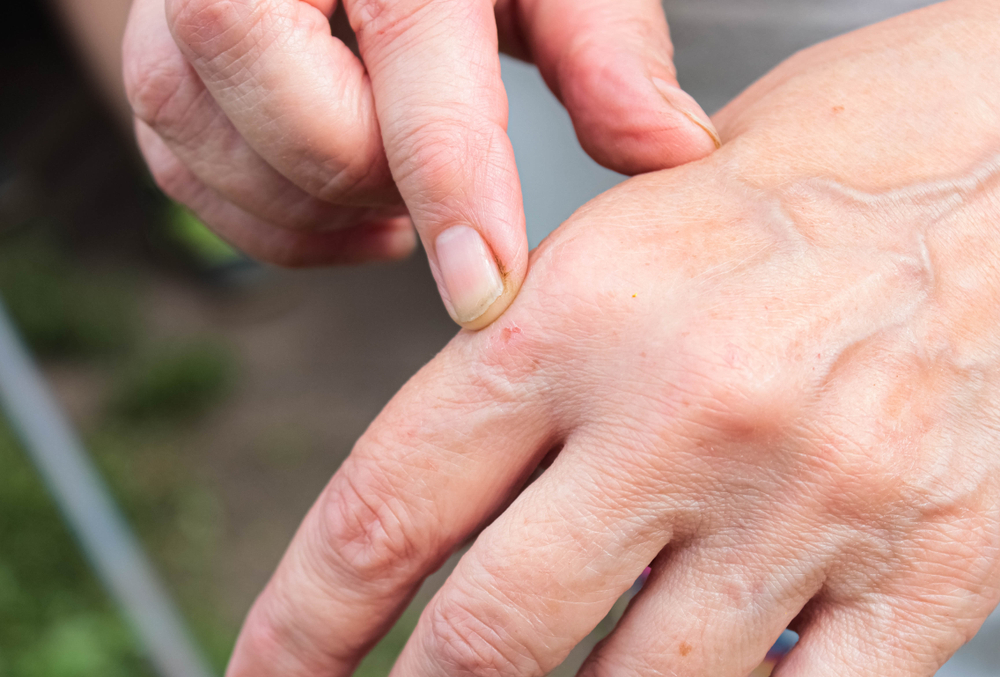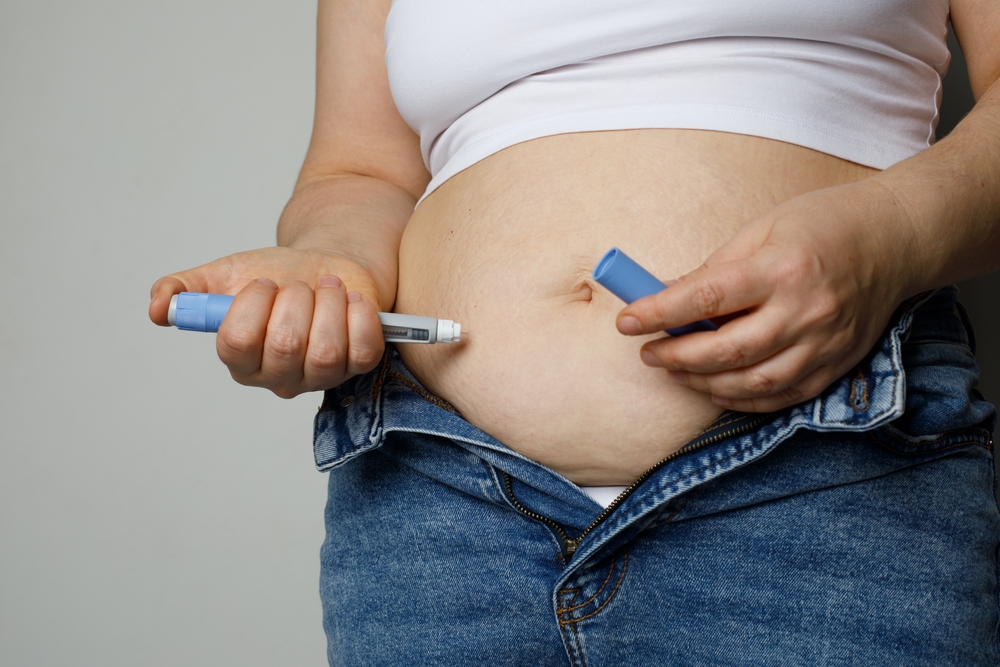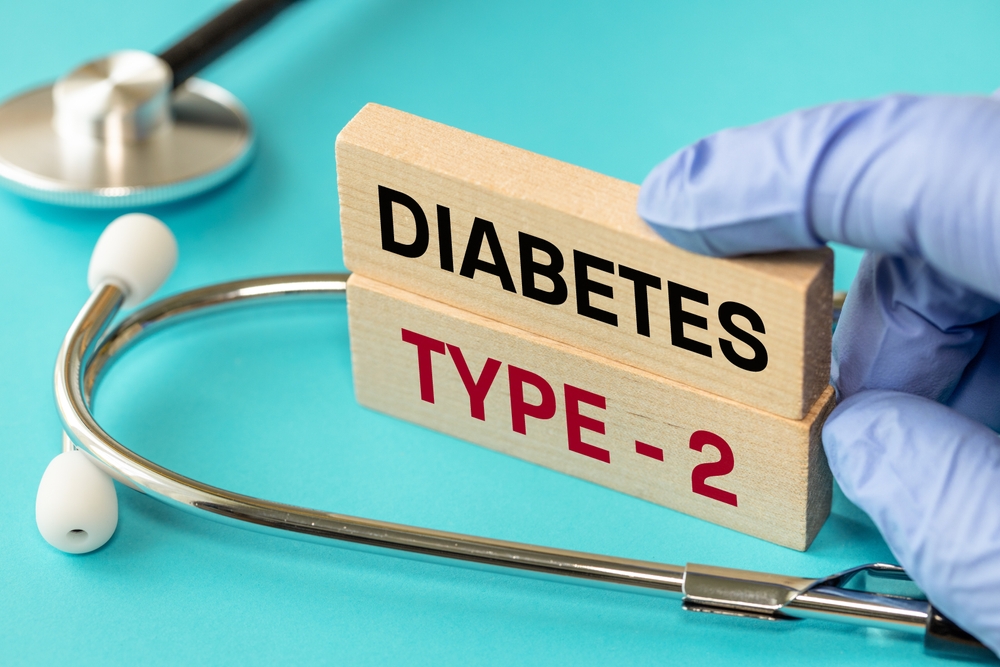These are the signs you want to look out for.
Others are reading now
Diabetes is a complex chronic disease affecting millions worldwide.
Many people remain unaware of their condition because the symptoms often begin subtly. Early detection is crucial for better management and reducing the risk of serious complications.
Here are the key symptoms to watch for.
Also read
Unexplained Fatigue and Exhaustion

A constant feeling of fatigue can be an early indicator of diabetes.
When the body struggles to convert glucose into energy efficiently, it results in an energy deficit.
This leaves you feeling persistently drained, regardless of rest or sleep, impacting both your physical and mental performance.
Slow Healing of Wounds and Cuts

Wounds that take an unusually long time to heal may be a sign of diabetes.
High blood sugar levels can impair blood circulation and nerve function, slowing down the body’s natural healing processes.
This increases the risk of infections and makes even minor injuries more problematic.
Frequent Need to Urinate

The need to urinate more frequently than usual, particularly at night, can be a warning sign.
Elevated blood sugar forces the kidneys to work harder to filter and expel excess glucose through urine, leading to more frequent bathroom visits.
Persistent Thirst

If you find yourself constantly thirsty, even after drinking plenty of fluids, it could be linked to diabetes.
The increased loss of fluids through frequent urination leads to dehydration, which triggers an unrelenting sense of thirst.
Blurred or Impaired Vision

Sudden or recurring episodes of blurred vision may indicate diabetes.
High blood sugar can damage the small blood vessels in the eyes, affecting your ability to focus.
While this may be temporary, prolonged high sugar levels can cause lasting damage to your eyesight.
Tingling and Numbness in Hands and Feet

A tingling, numb, or prickling sensation in your extremities can point to nerve damage caused by prolonged high blood sugar levels.
Known as diabetic neuropathy, this condition can worsen over time, potentially leading to more serious complications if untreated.
Noticeable Skin Changes

Dark, velvety patches on the skin, particularly in areas like the neck, armpits, or groin, may signal insulin resistance.
This condition, called acanthosis nigricans, often serves as an early warning sign that the body is struggling to regulate blood sugar effectively.
Constant Hunger, Even After Eating

Feeling persistently hungry shortly after eating can be a symptom of diabetes.
When the body isn’t able to use glucose effectively as energy, cells remain deprived of the nutrients they need, leaving you with an ongoing sense of hunger.
Recurring Yeast Infections and Itchiness

Frequent yeast infections, accompanied by itching and irritation, may be linked to diabetes.
High blood sugar levels create a favorable environment for yeast to grow, particularly in warm, moist areas like the mouth, armpits, or genital region.
Advice for Taking Action

It’s important to take these symptoms seriously and consult a healthcare professional if you experience any of them.
Early diagnosis and proper treatment can help prevent severe complications and significantly improve your quality of life.
Don’t ignore these signs—seek expert advice to protect your health.

